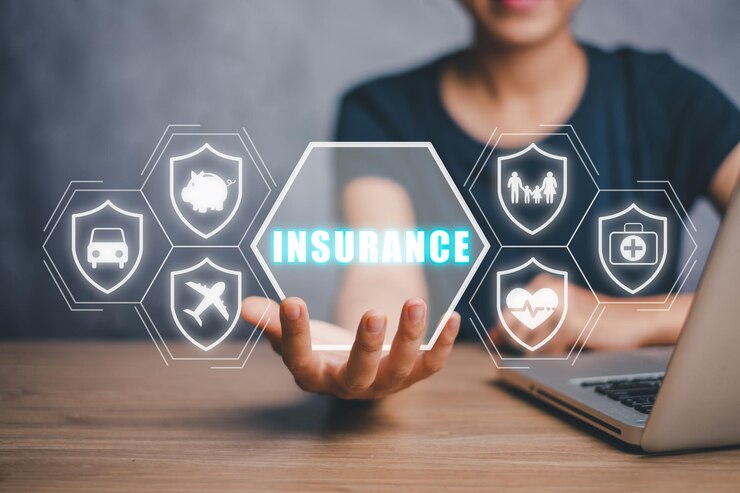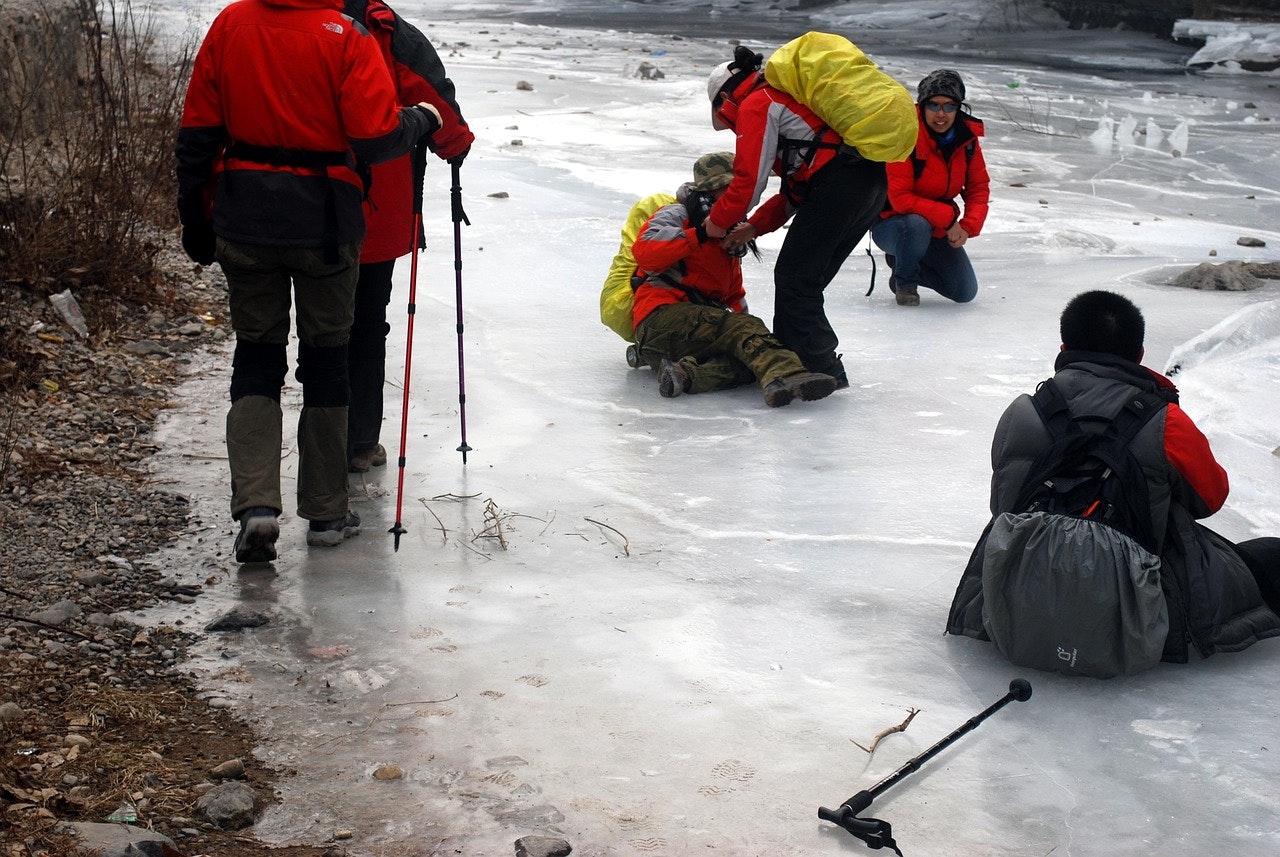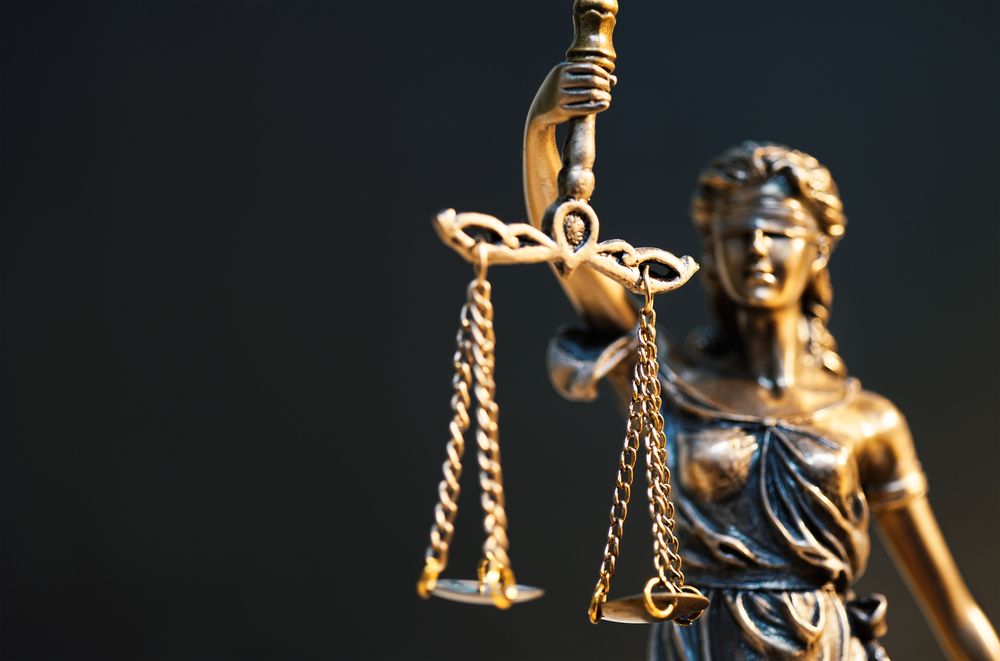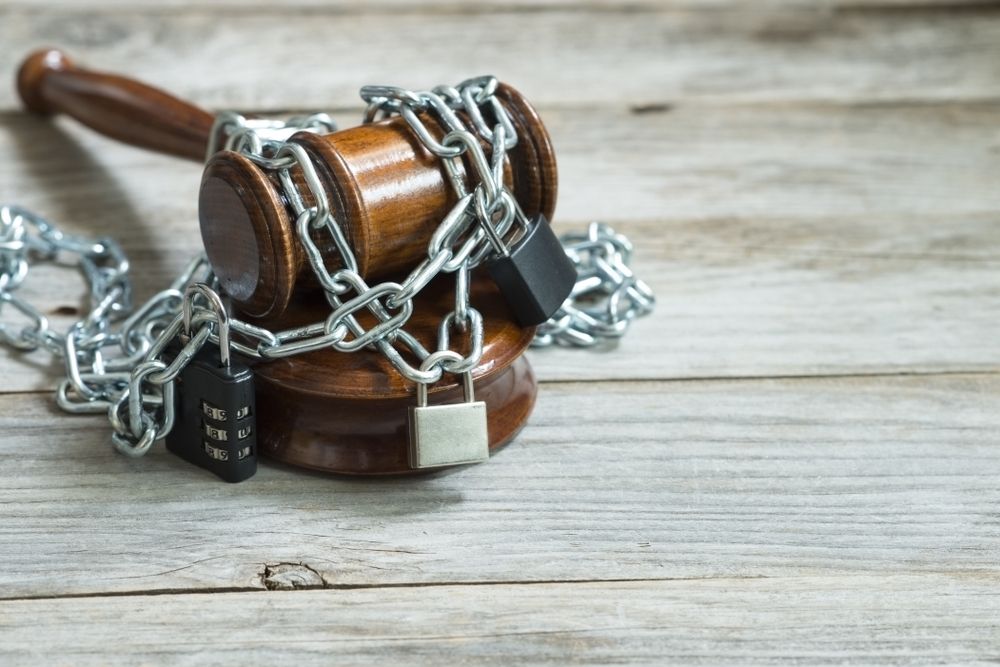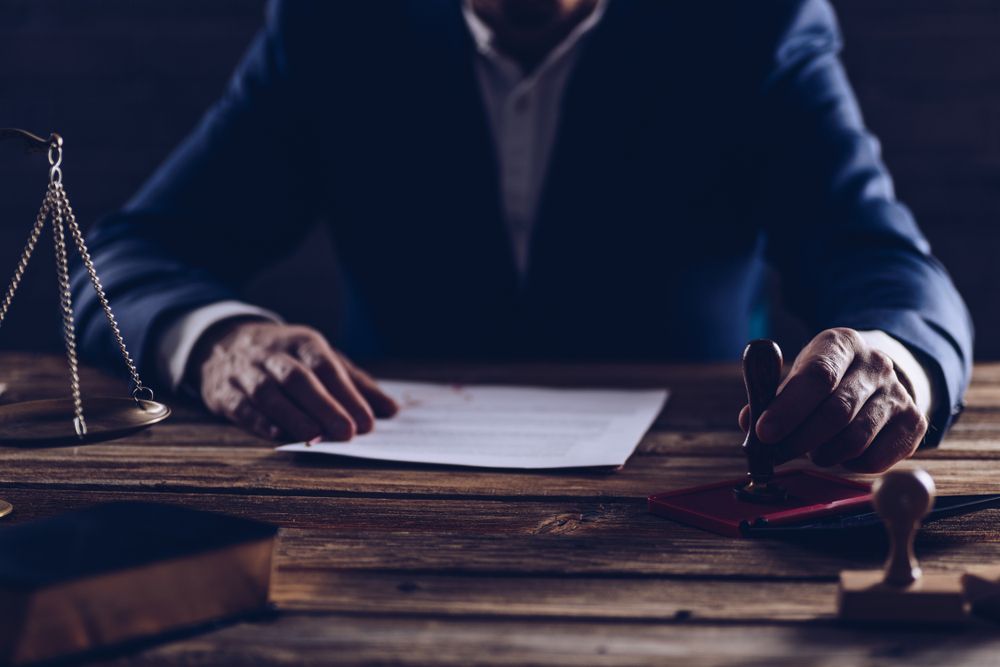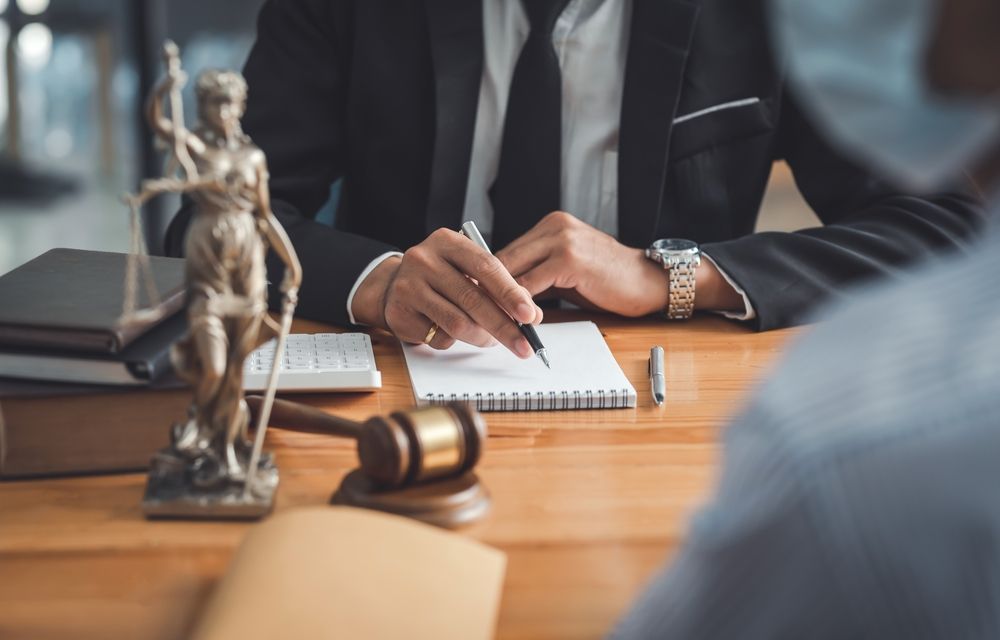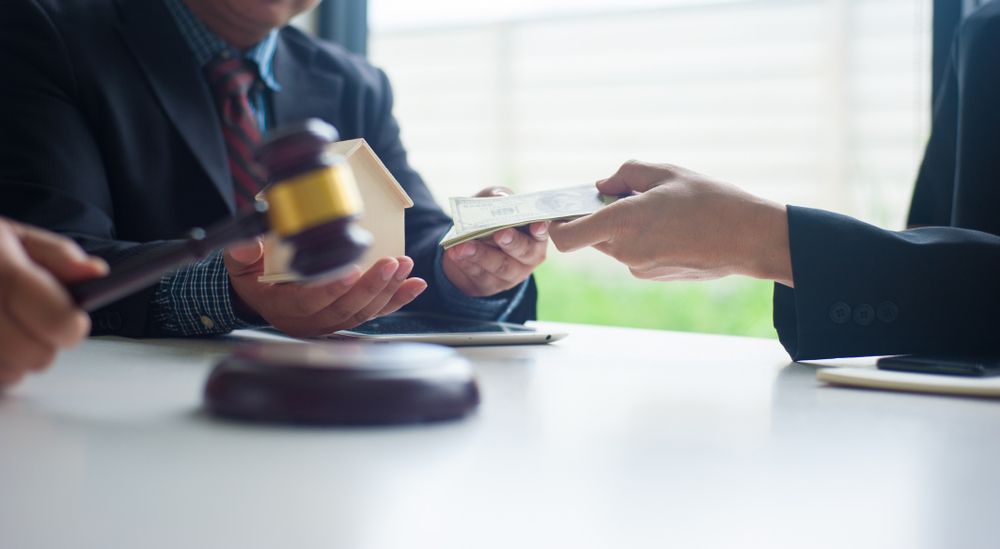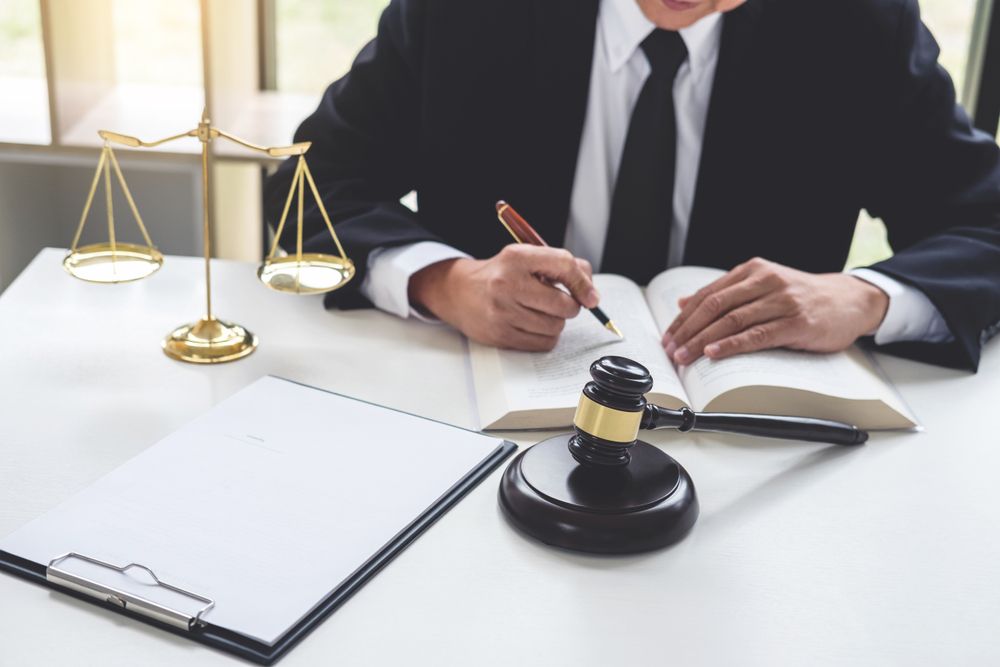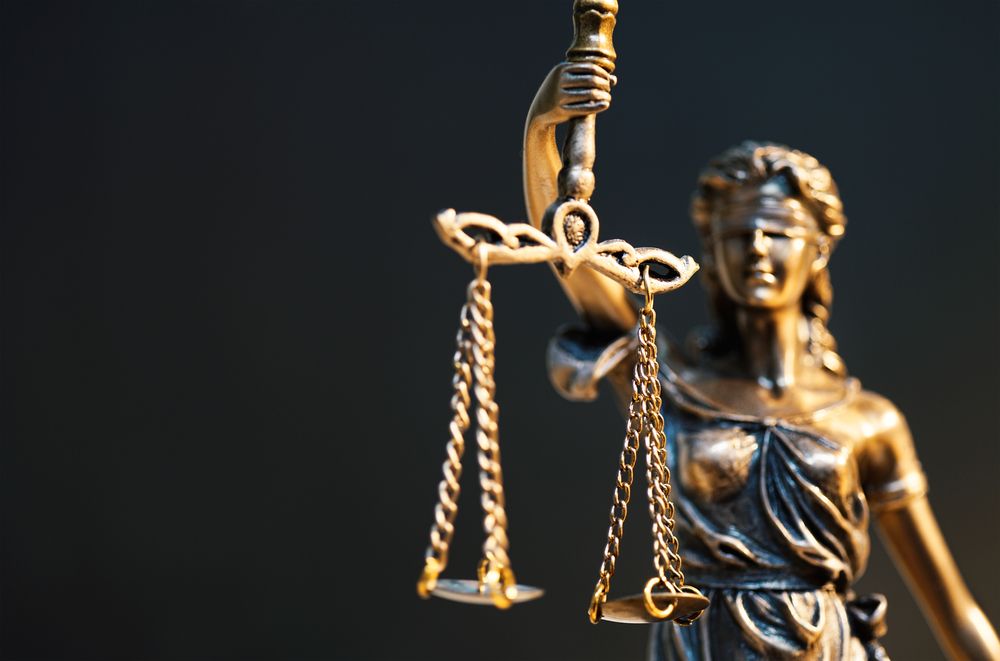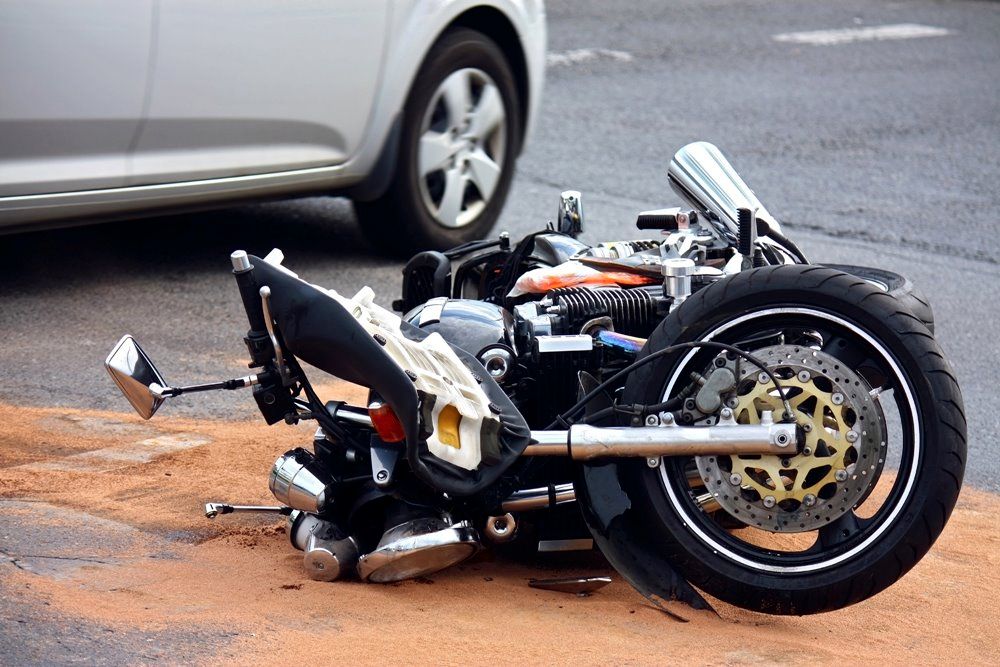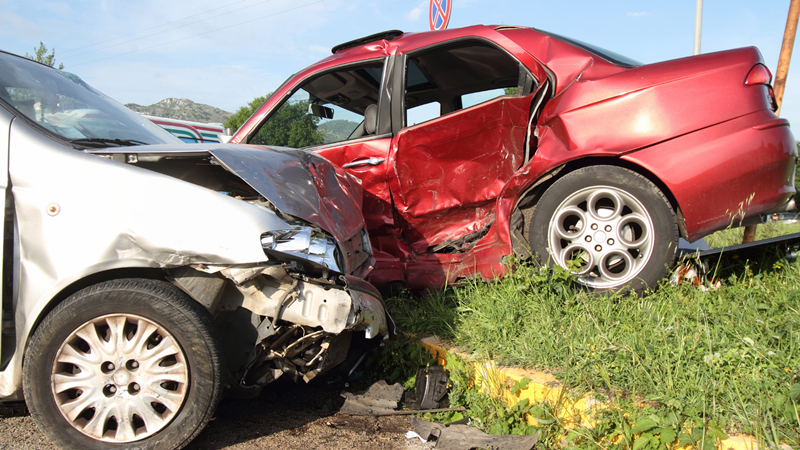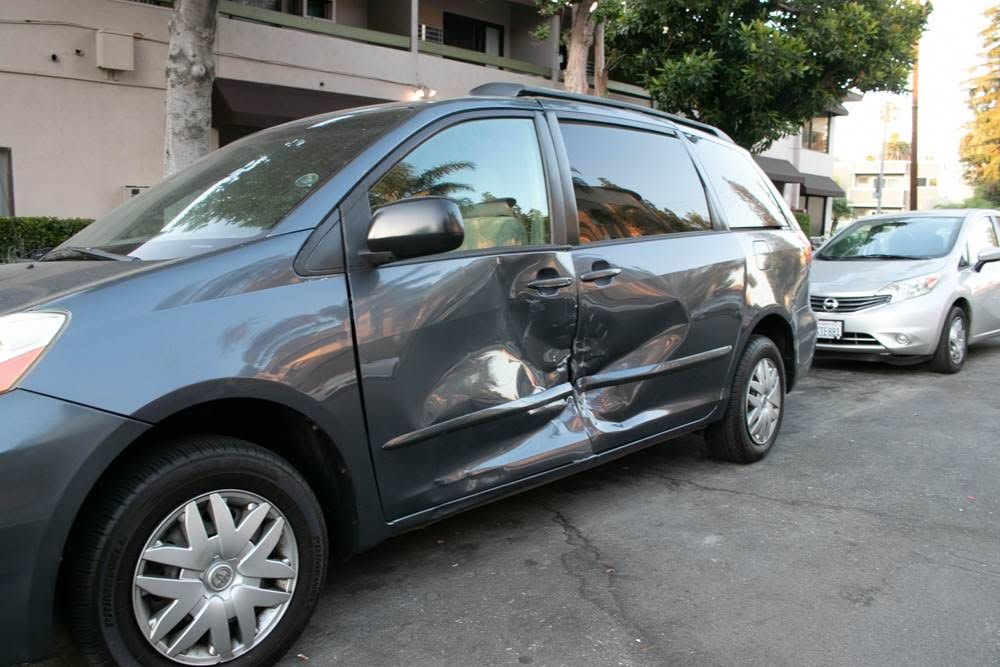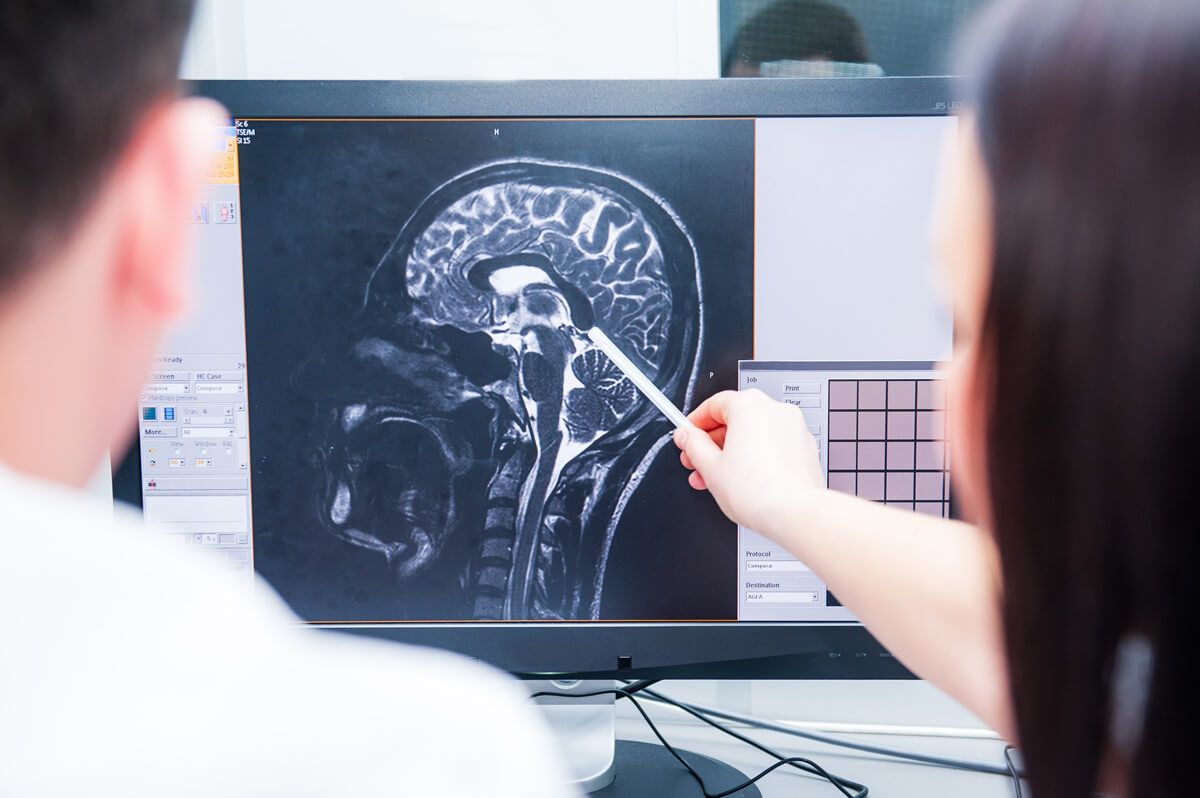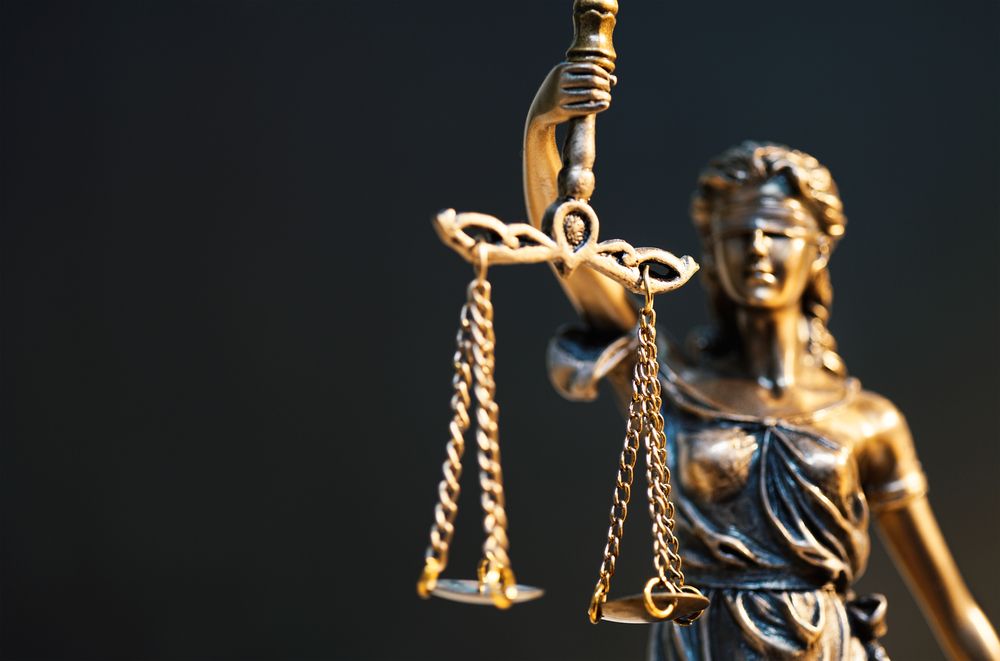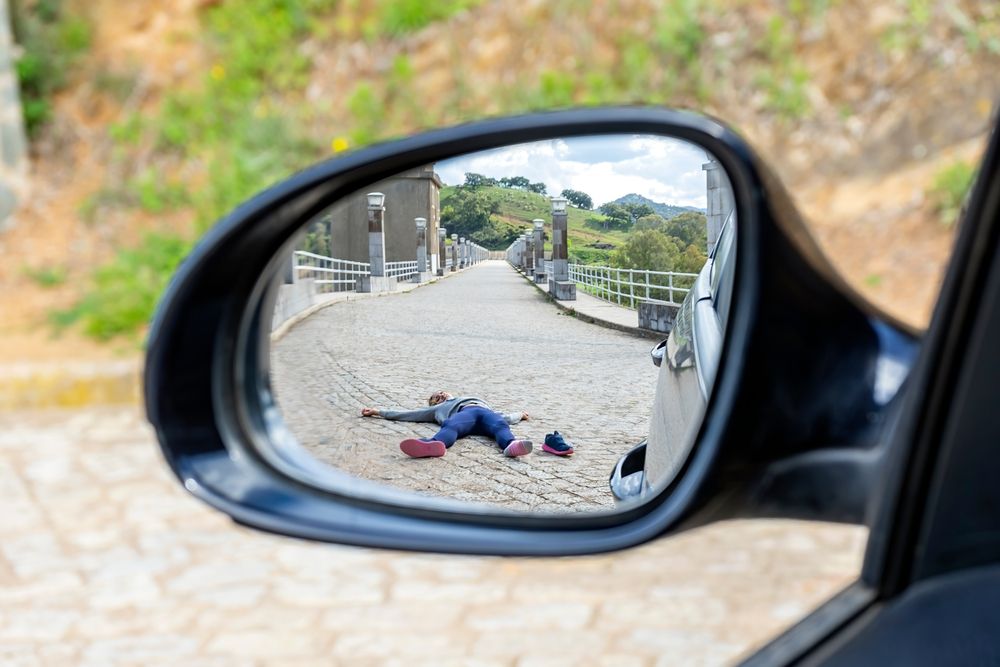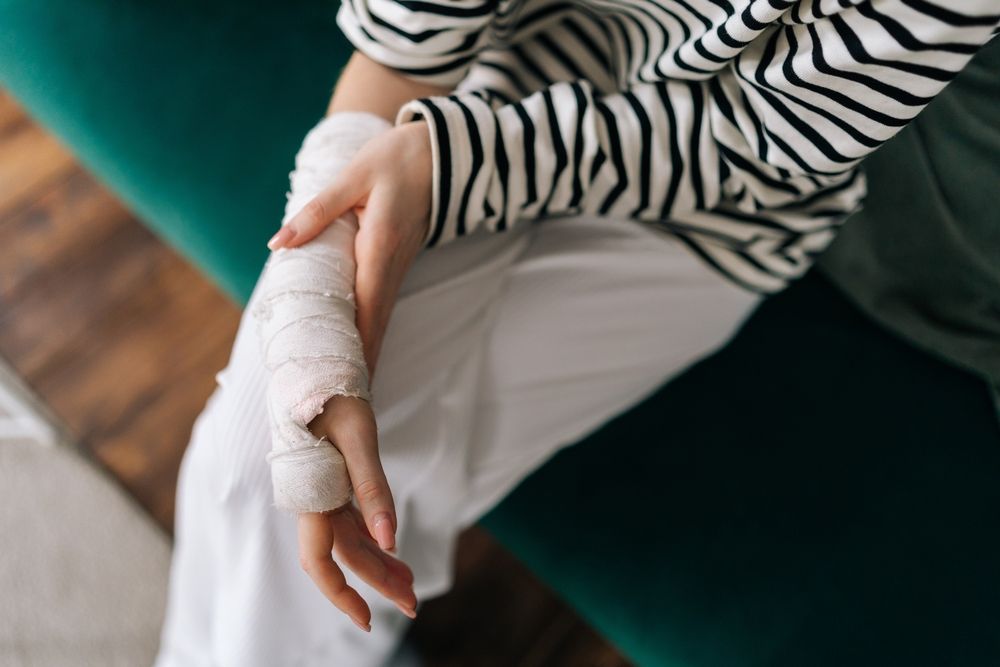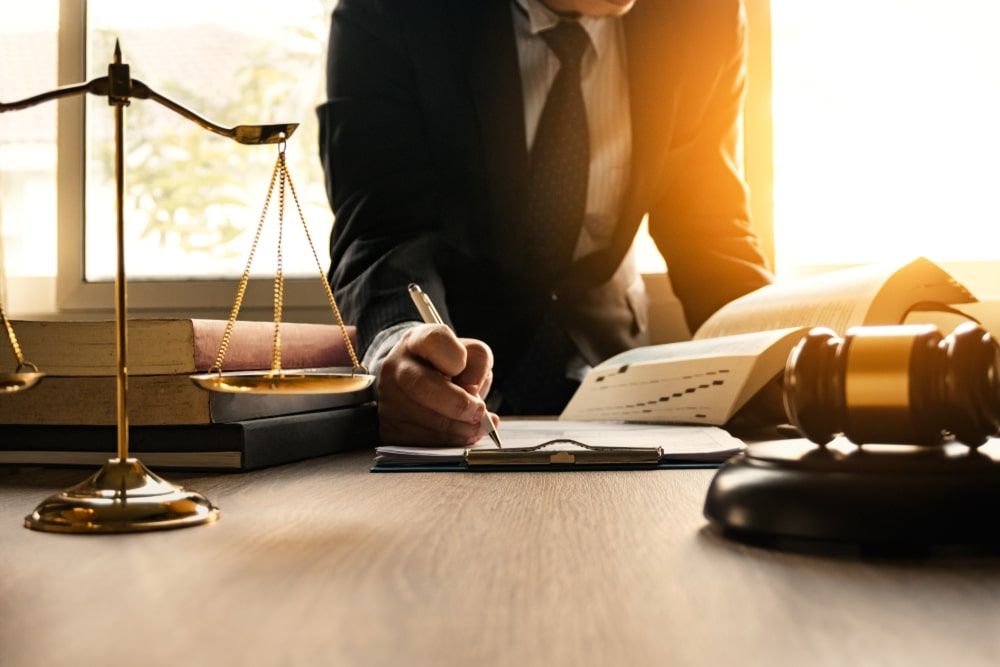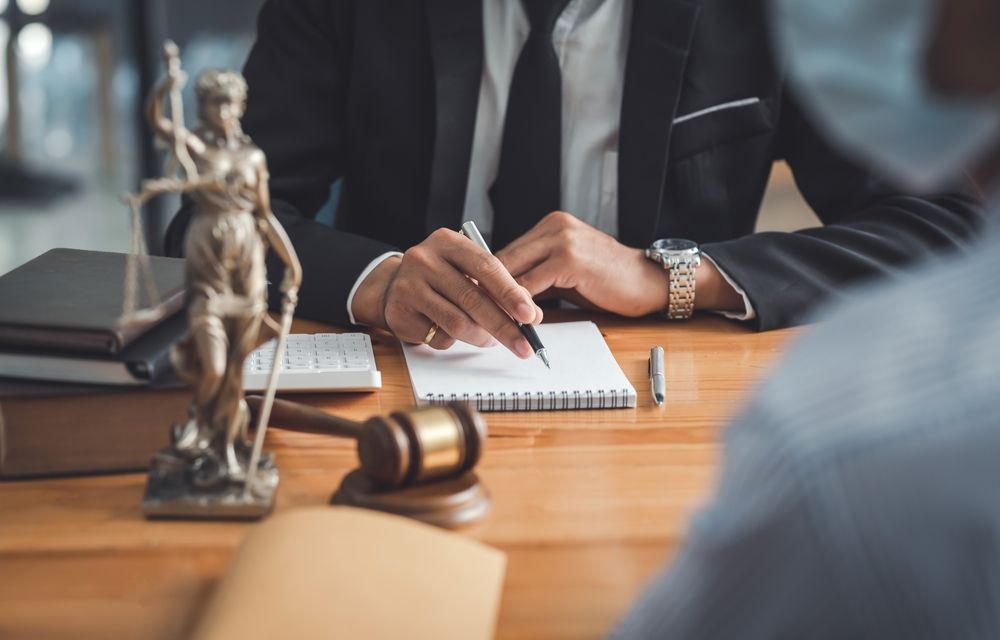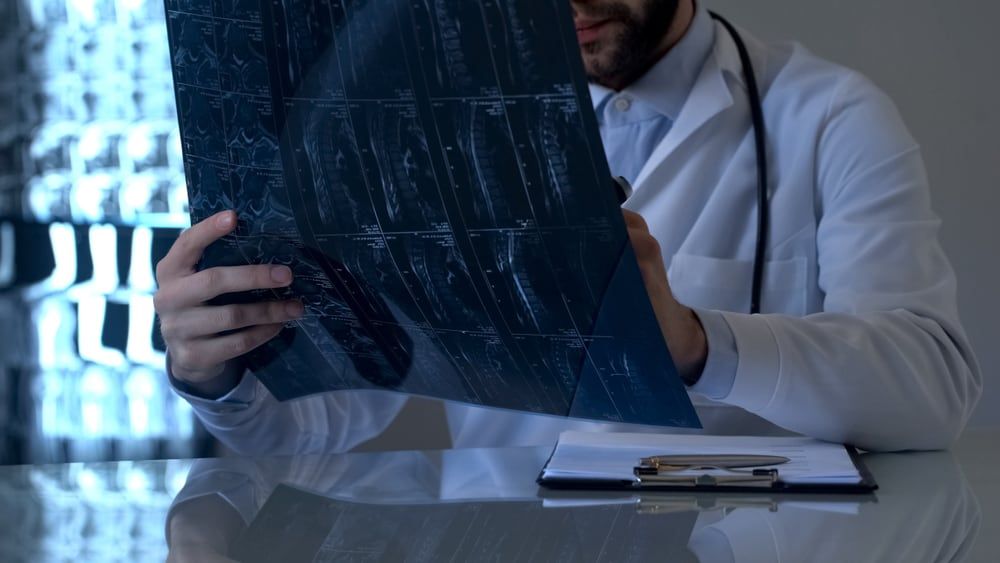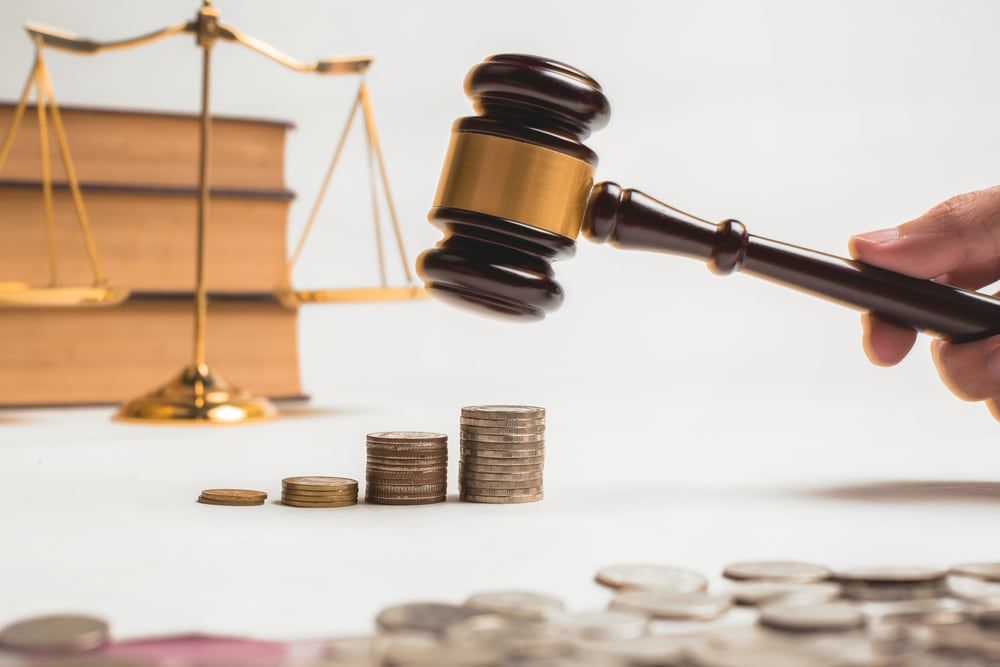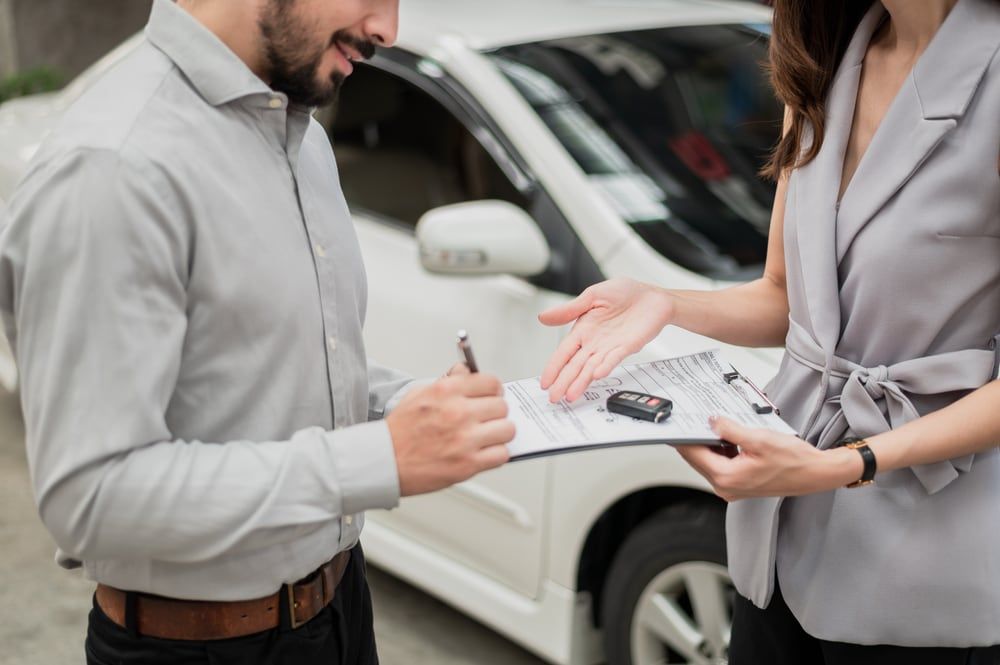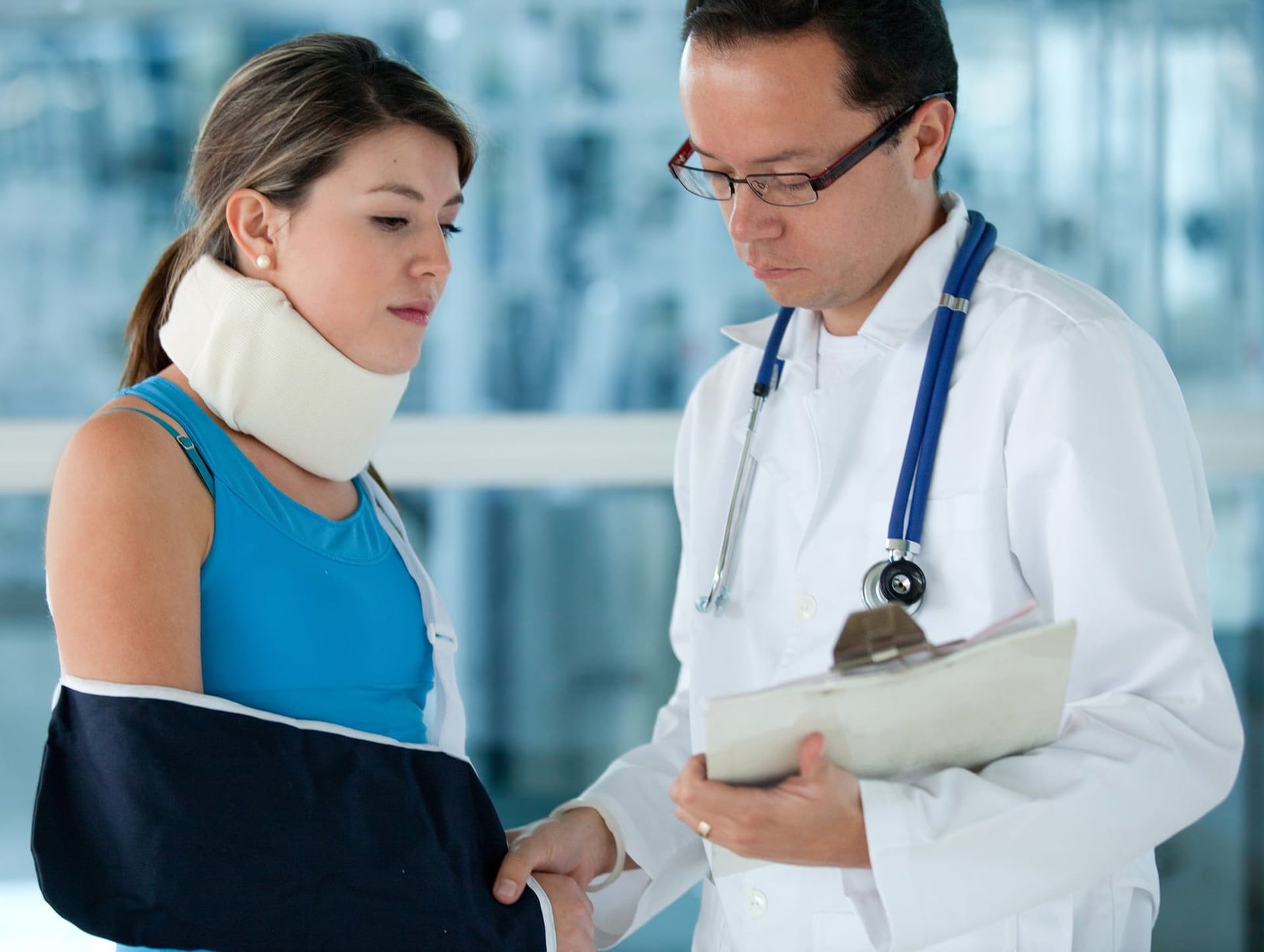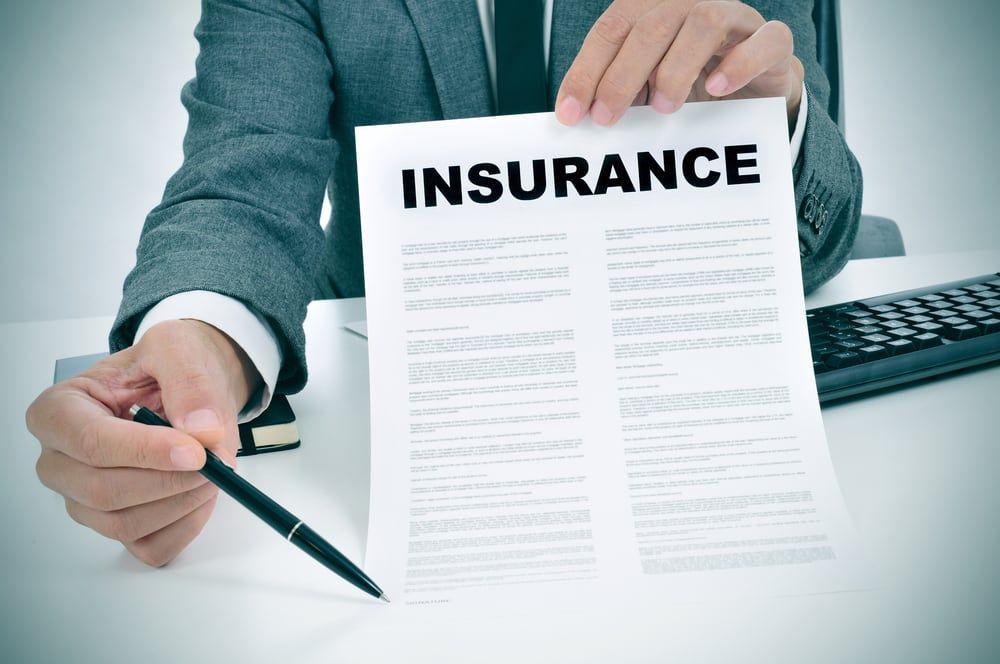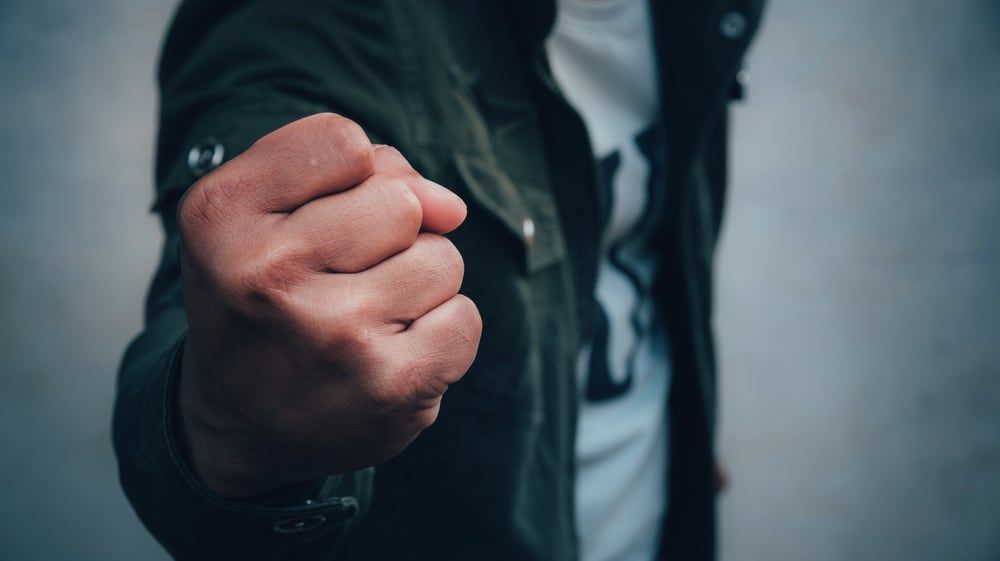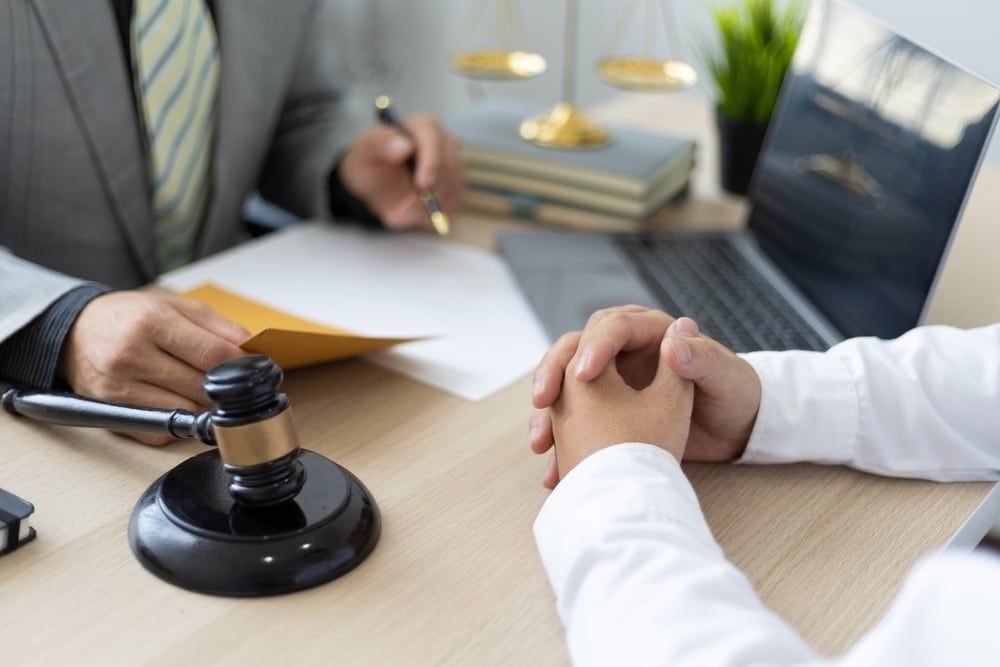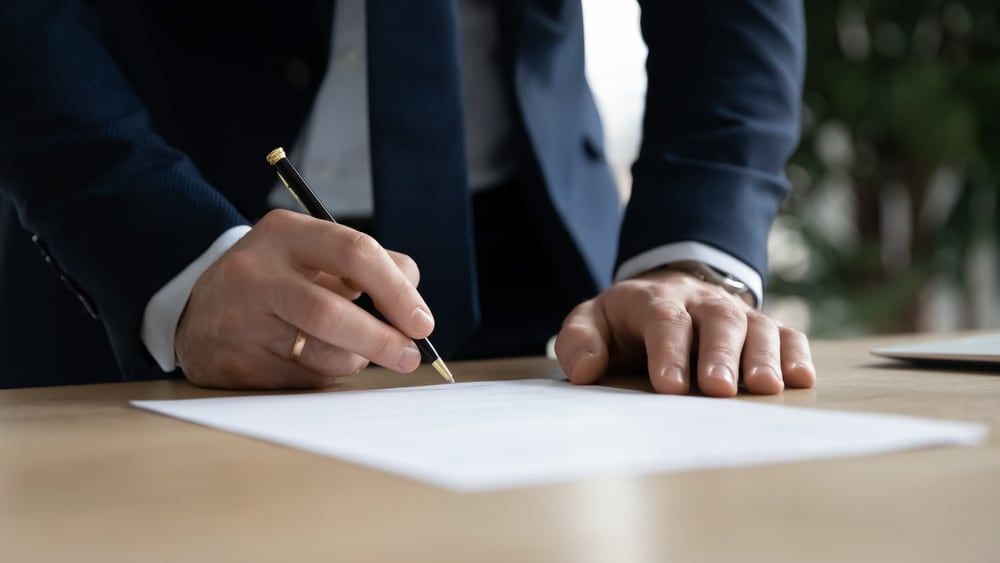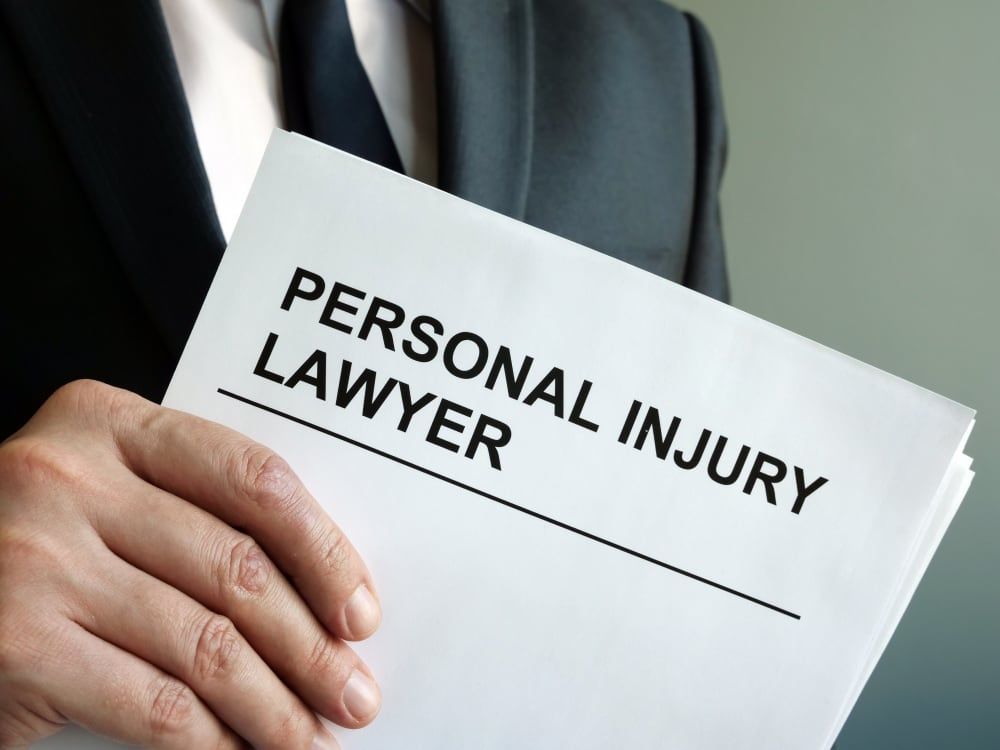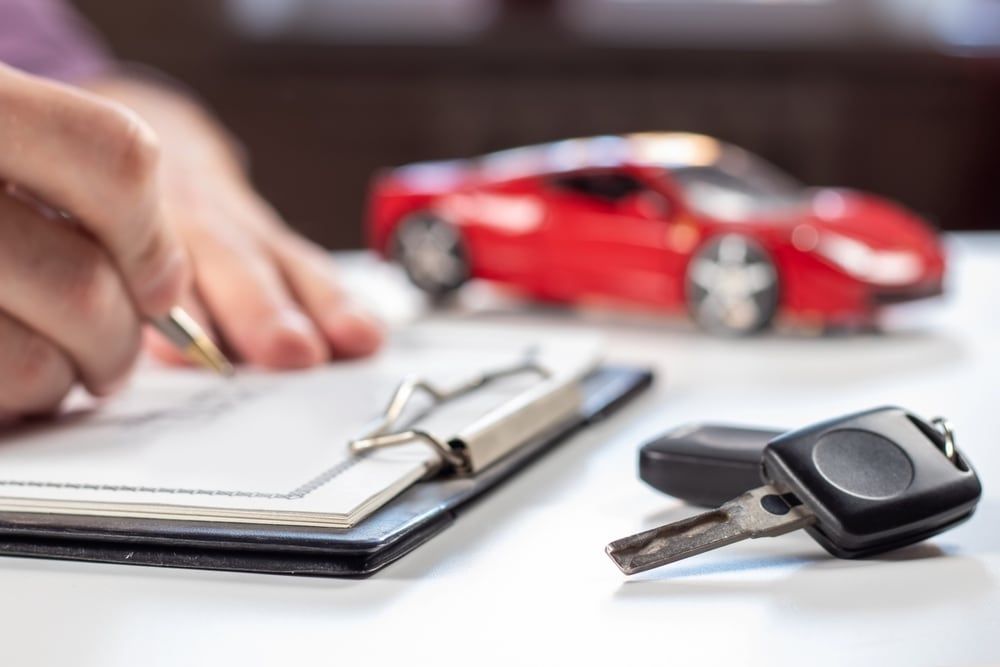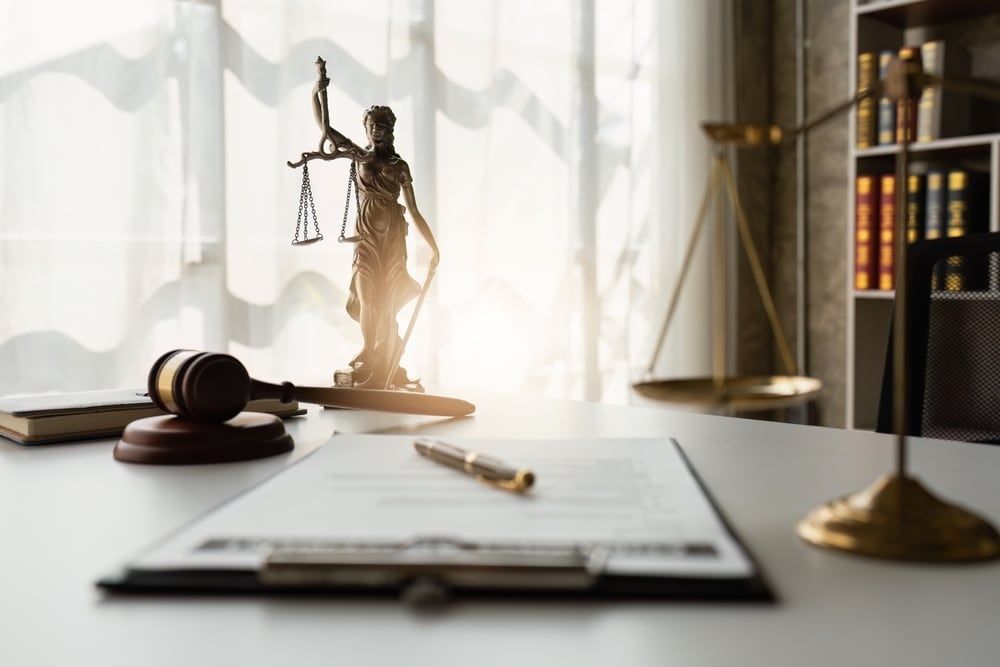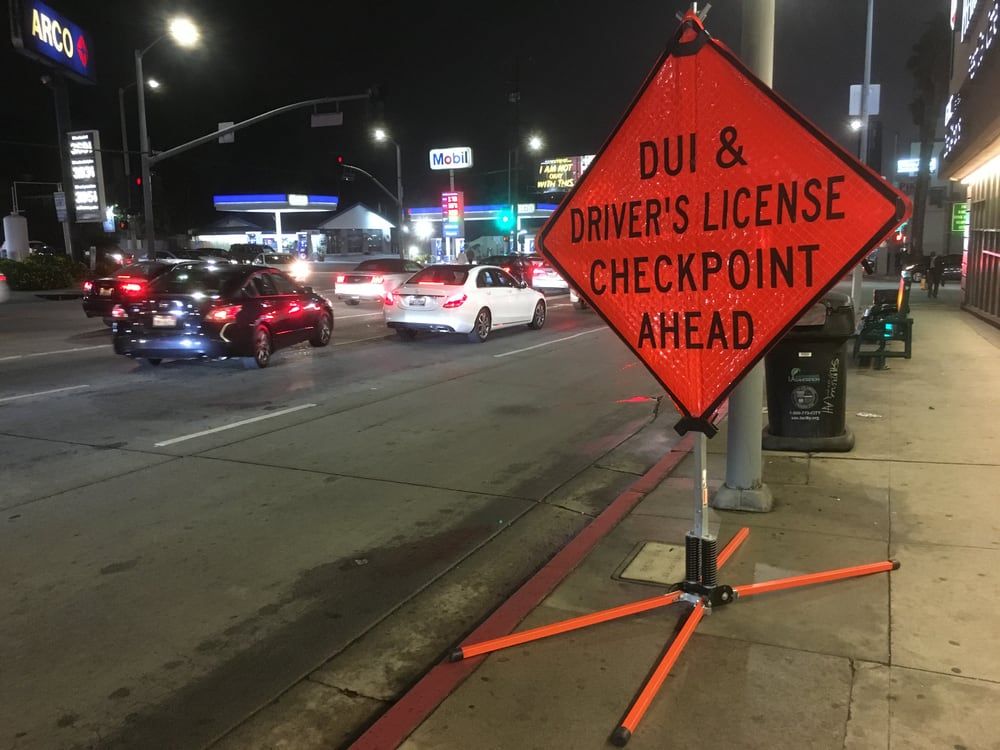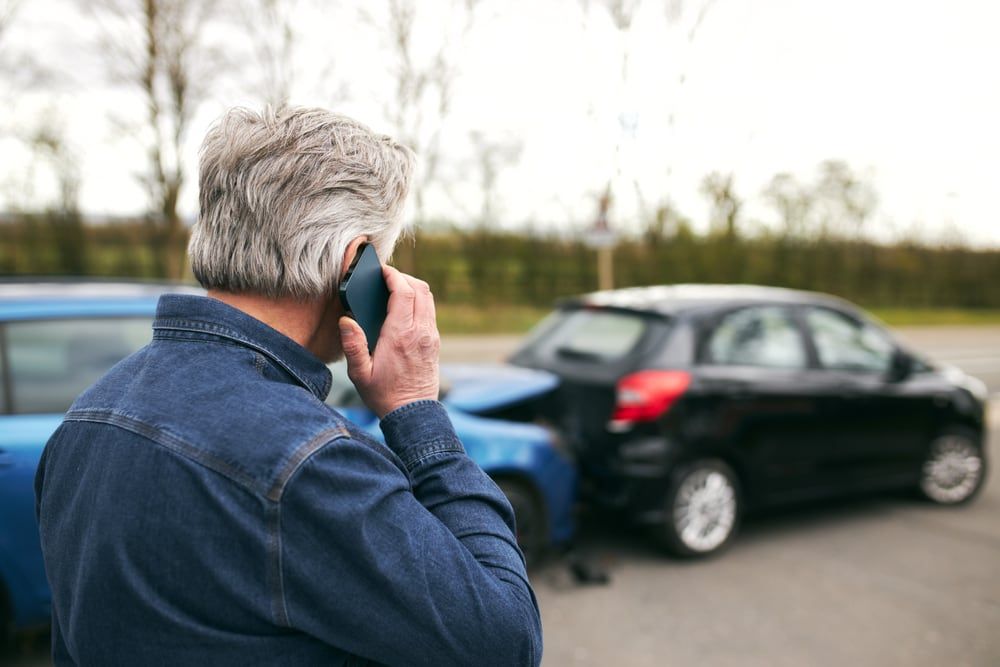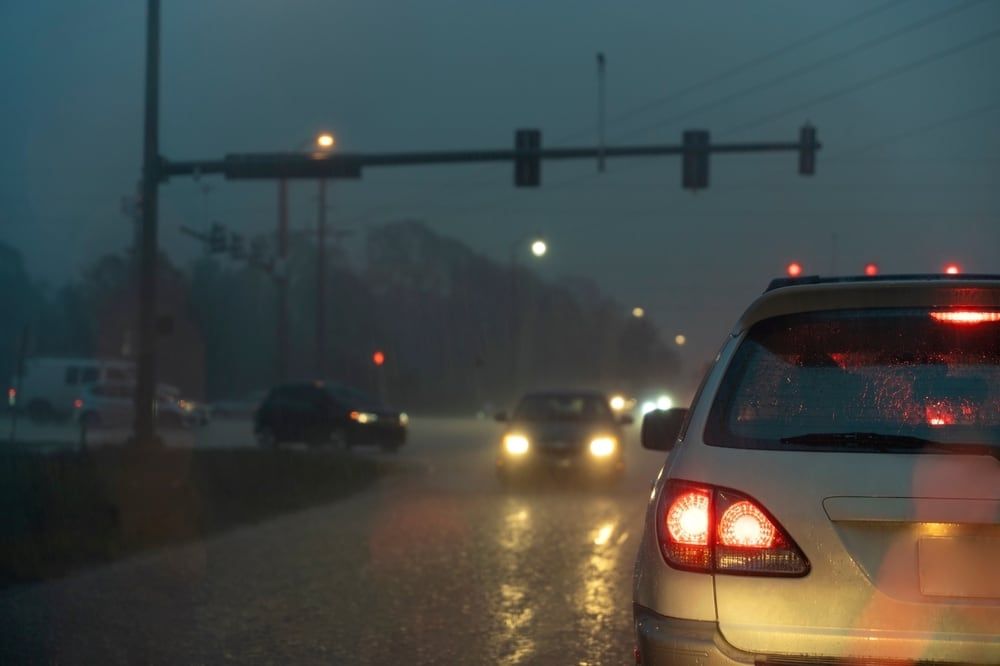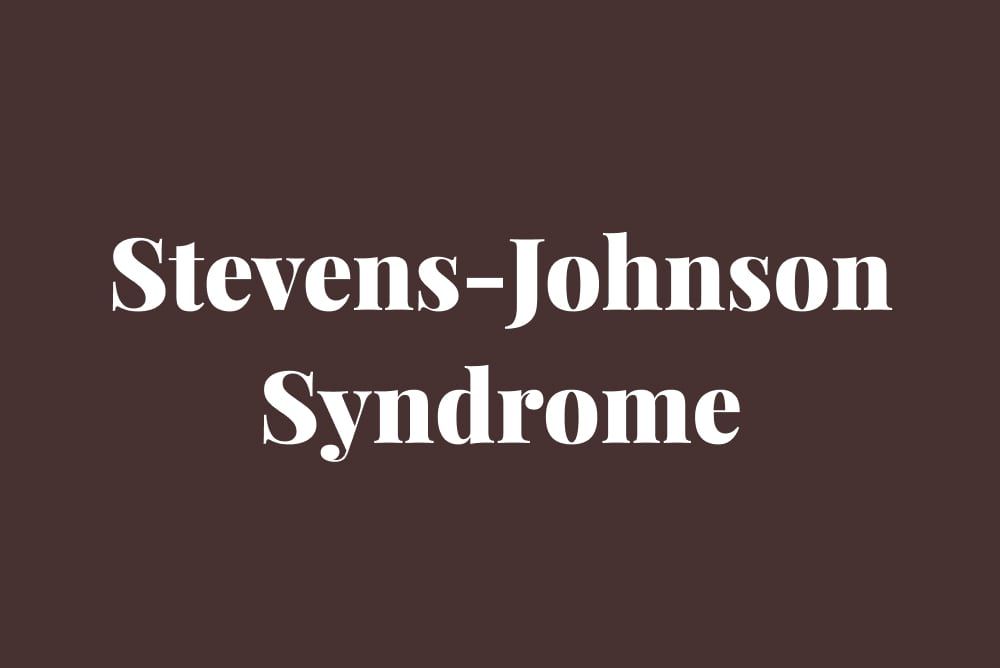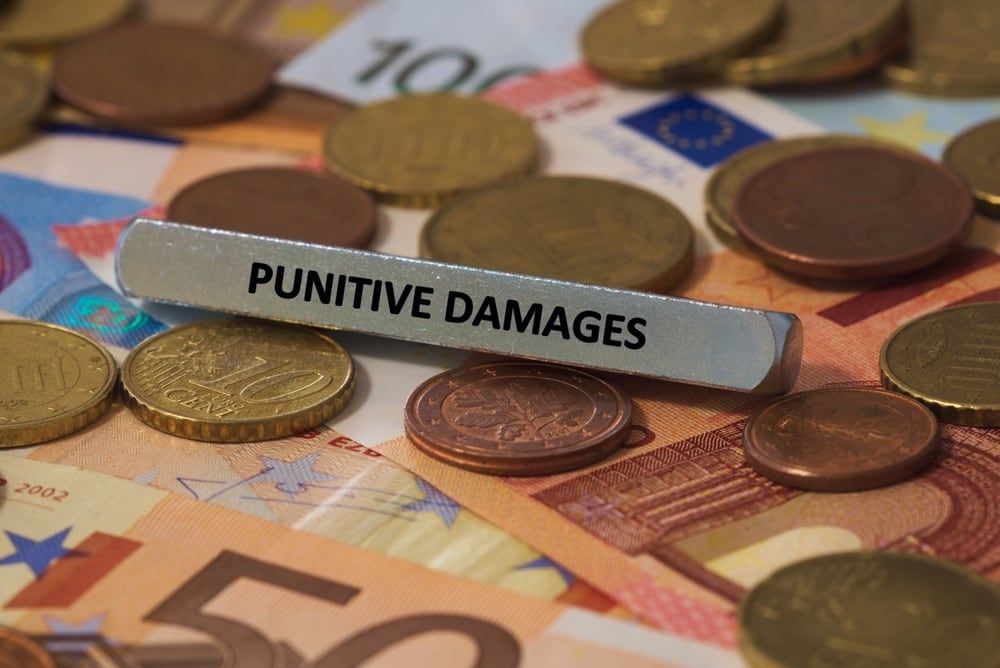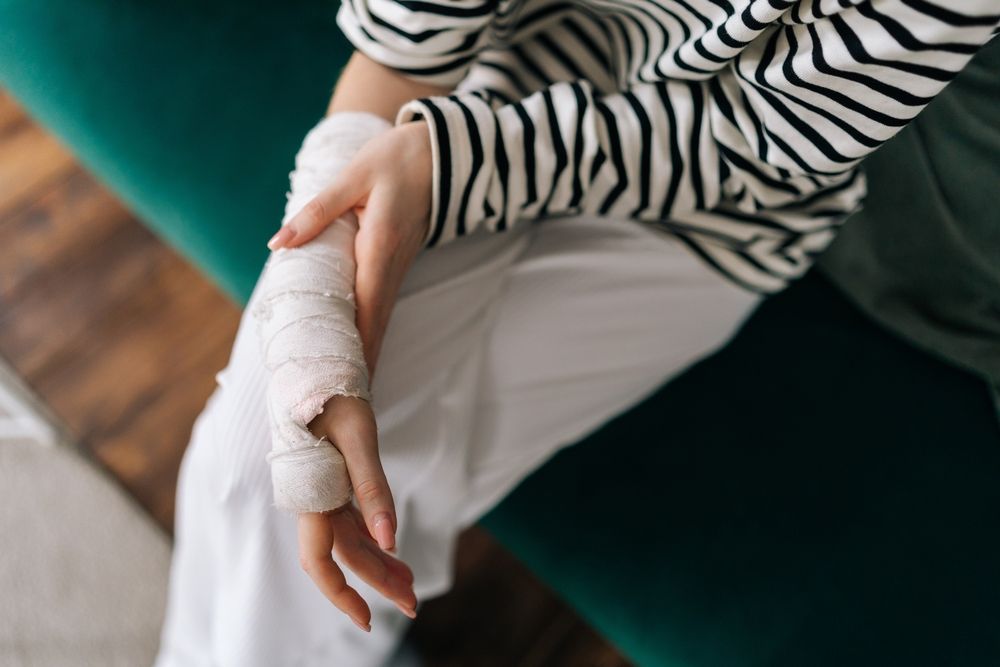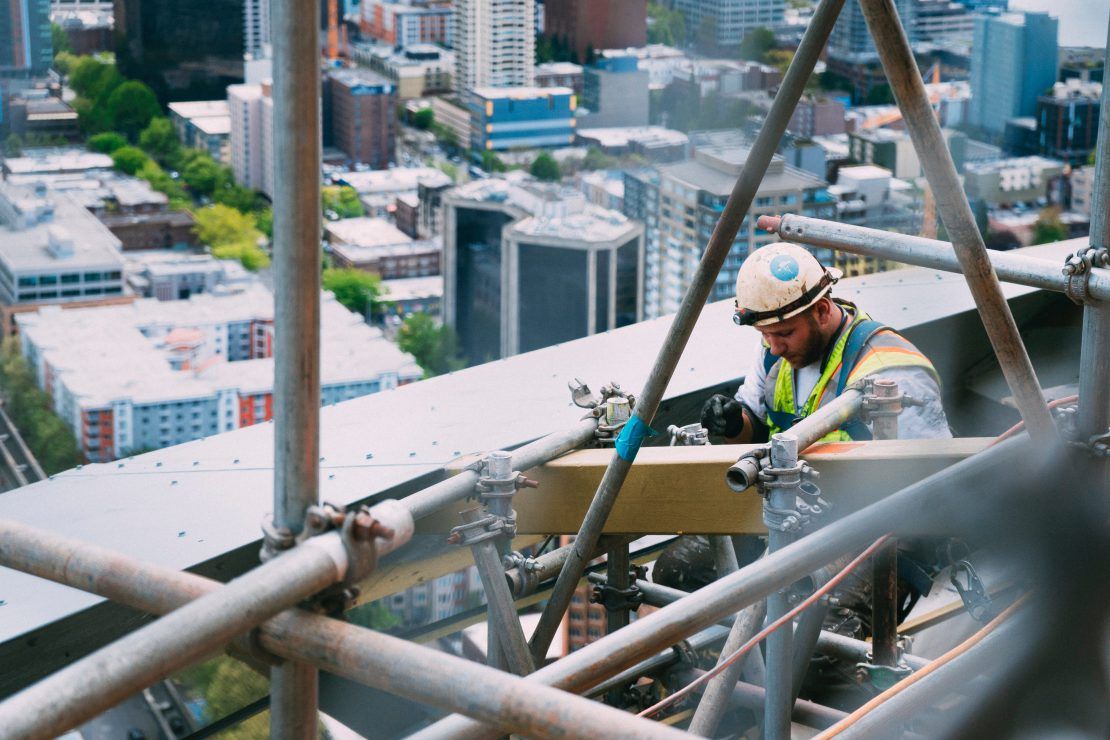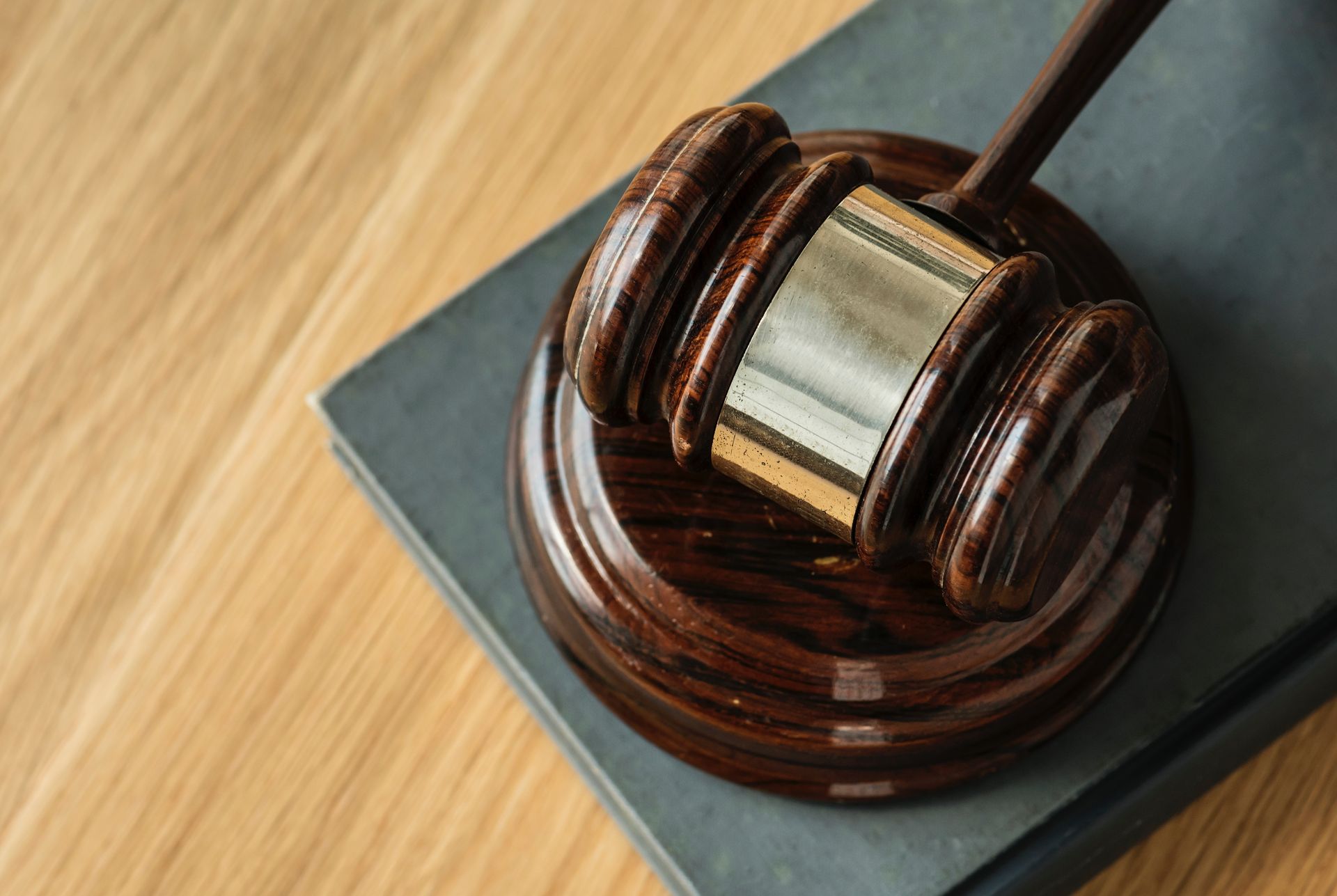The 4 steps to proving liability in an accident case
Jeremy Schiowitz
Although every accident is different, the one thing many of them have in common is that another person may be at fault for your injuries. A good attorney has the ability to prove negligence on the part of the defendant, which will make them liable for compensating you for your medical bills, lost wages and pain and suffering.
There are four steps involved in proving negligence in an accident case. They include:
- Did the defendant have a duty to provide a safe environment for you or for others who were injured? Of the four standards, this is the easiest point to prove because, in virtually all cases, society demands that a person behaves in a responsible manner when out in public. A good example of this is that a person is acting irresponsibly if they break the speed limit while driving a car.
- Did the defendant breach the duty they have to the public? Again, if a person is travelling in a car at a high rate of speed, he can be caught on a radar gun or observed by a police officer and recognized as a speeder.
- Due to that breach, was the plaintiff injured? While this might seem like a no-brainer, what complicates things is an attorney may choose to file a claim against more than one party. While the upside is greater, determining who is at fault and to what degree can get complicated in a hurry. In a Hempstead car accident , for example, debris in the road that was dropped by a different truck or a car, may create a challenge to a car that was going to be identified as the sole perpetrator of an accident claim.
- Did you sustain actual damages as a result of the injury? Going to a doctor or needing to get a car repaired are quantifiable and legitimate reasons to seek compensation.
Isaacson, Schiowitz&Karson LLP proudly serves New York City, including Manhattan, Brooklyn, Bronx, Queens, Long Island, Nassau and surrounding communities. Contact us for a free consultation at (212) 267-6557.
View more

